f you’re a student, parent, or educator in Tanzania, the NECTA grading system is a crucial part of your academic life. For Form Four students, who are typically at the end of their Ordinary Level (O-Level) education, understanding this system is essential for navigating exams and planning future educational or career paths. In this blog post, we will dive into the NECTA form four grading system, explore its components, and explain how it impacts students’ academic progress.
NECTA, the National Examinations Council of Tanzania, is responsible for administering national exams and setting academic standards across the country. The NECTA grading system for Form Four is used to evaluate student performance in the Certificate of Secondary Education Examination (CSEE). This system is designed to provide a clear and standardized way of assessing students’ academic achievements and ensuring fairness across the board.
The Grading Scale
The grading system for Form Four utilizes a scale that categorizes student performance into different grades. Here’s a breakdown of the grading scale:
- Grade A: Outstanding (75% – 100%)
- Grade B: Very Good (60% – 74%)
- Grade C: Good (45% – 59%)
- Grade D: Pass (30% – 44%)
- Grade E: Fail (0% – 29%)
Or you can check the image below for more explanation:
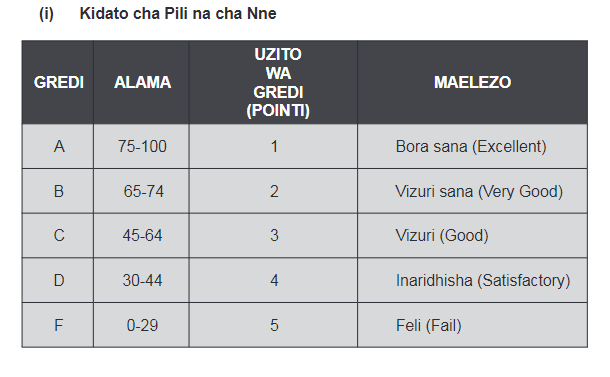
Each grade corresponds to a range of percentages that reflect the student’s performance in their subjects. This grading scale allows for a nuanced assessment of each student’s strengths and areas for improvement.


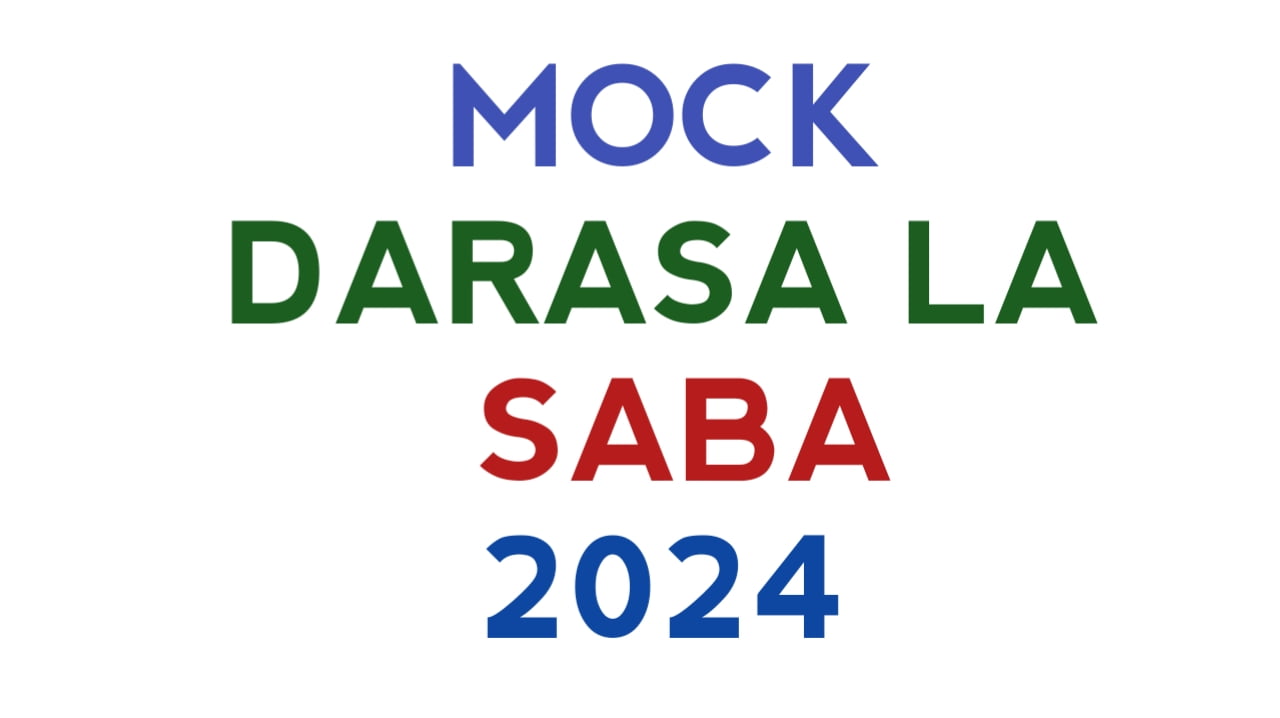
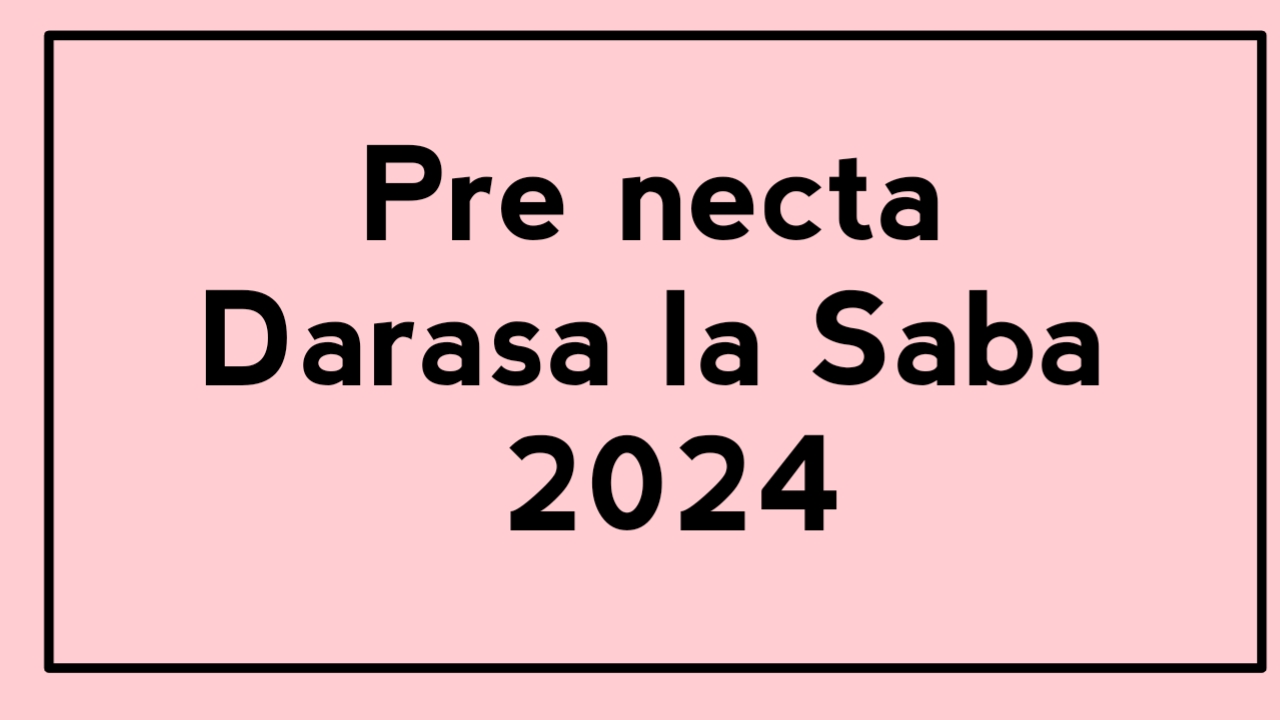
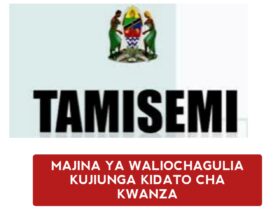
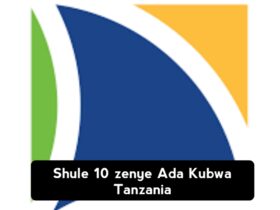

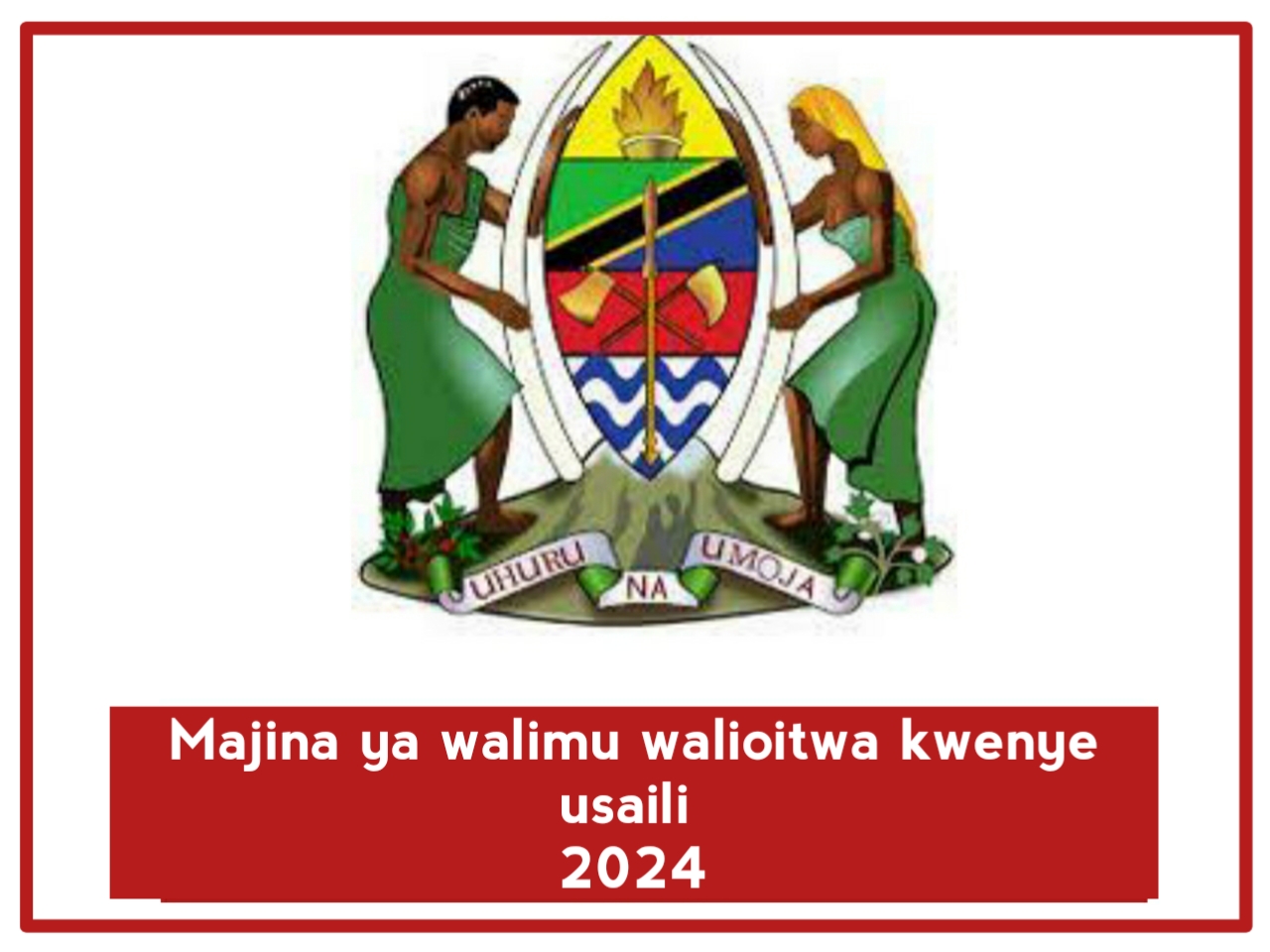
Leave a Reply